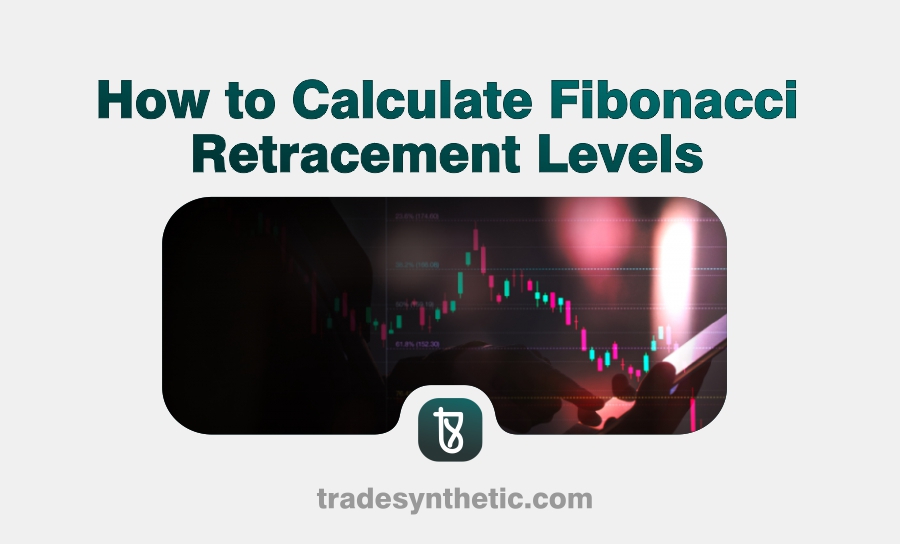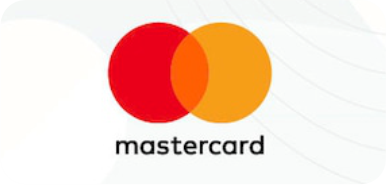If you’re a trader, understanding how to calculate Fibonacci retracement levels can significantly improve your decision-making. Fibonacci Retracement are very powerful tools used in technical analysis to identify potential reversal levels in financial markets. They will also help you pinpoint where a stock, forex pair, or cryptocurrency might retrace before continuing its trend.
In this article, you will learn the exact steps to calculate Fibonacci retracement levels, how to apply them effectively in your trading strategy, and answers to common questions traders ask.
What is Fibonacci Retracement in Trading?
Fibonacci retracement is a technical analysis tool that traders use to identify potential levels where the price may reverse or continue its trend. It is based on the Fibonacci sequence, a series of numbers where each number is the sum of the two preceding ones (e.g., 0, 1, 1, 2, 3, 5, 8, 13, etc.).
Fibonacci retracement levels represent potential price retracement zones where support or resistance might occur. The key Fibonacci retracement levels are:
- 23.6%
- 38.2%
- 50%
- 61.8%
- 78.6%
Importance of Fibonacci Retracement Levels
Fibonacci retracement has various benefits to traders helping them make better trading decisions:
- Identifies Support & Resistance – Prices often reverse at key Fibonacci levels (23.6%, 38.2%, 50%, 61.8%, 78.6%).
- Improves Trade Entry & Exit – Helps traders find the best points to enter and exit trades.
- Enhances Other Indicators – Works well with Moving Averages, RSI, and candlestick patterns for stronger trade signals.
- Aids Risk Management – Helps set stop-loss orders and manage risk effectively.
- Used by Professionals – Many institutions and hedge funds rely on Fibonacci retracement, reinforcing its effectiveness.
- Applies to Multiple Markets – Useful in stocks, forex, crypto, commodities, and indices.
How to Calculate Fibonacci Retracement Levels
In order to calculate Fibonacci Retracement Levels. you have to do the following:
1. Identify the Swing High and Swing Low
To calculate Fibonacci retracement levels, you first need to identify a swing high and a swing low on a price chart.
2. Plot Fibonacci Levels
Manually calculating each level can be time-consuming, but most trading platforms like TradingView, MetaTrader 4/5, and ThinkorSwim offer built-in Fibonacci retracement tools that plot levels automatically.
3. Appy Fibonacci Retracement Level Formula
To calculate Fibonacci retracement levels, you use the following formula:
Retracement Level= High− (Fibonacci Ratio×Price Range)
Where:
- High = The highest price point in a given time frame
- Low = The lowest price point in the same time frame
- Price Range = High−Low
- Fibonacci Ratio = One of the Fibonacci percentages (23.6%, 38.2%, etc.)
Example of Fibonacci Retracement Calculation
Suppose a stock has a swing high of $100 and a swing low of $50. Using the formula:
Retracement Level= High− (Fibonacci Ratio×Price Range)
| Fibonacci Level | Calculation | Price level |
| 23.6% | 100 – ((100 – 50) × 0.236) | 88.2 |
| 38.2% | 100 – ((100 – 50) × 0.382) | 80.9 |
| 38.2% | 100 – ((100 – 50) × 0.5) | 75.0 |
| 50.0% | 100 – ((100 – 50) × 0.618) | 69.1 |
| 78.6% | 100 – ((100 – 50) × 0.786) | 60.7 |
How to Use Fibonacci Retracement in Trading
a) Identifying Support and Resistance Levels
Fibonacci retracement helps traders spot key levels where the price might bounce. If an asset is trending upwards, retracement levels can help identify buying opportunities. Conversely, in a downtrend, they highlight potential sell zones.
b) Combining Fibonacci Retracement with Other Indicators
For higher accuracy, use Fibonacci retracement alongside:
- Moving Averages (e.g., 50-day or 200-day)
- RSI (Relative Strength Index) for overbought or oversold conditions
- MACD (Moving Average Convergence Divergence) to confirm trend strength
- Candlestick patterns (e.g., doji, hammer, engulfing)
c) Setting Stop Loss and Take Profit
Fibonacci levels are excellent for setting stop losses and take profits. For example, if you’re buying near the 61.8% retracement, placing a stop loss below the 78.6% level can minimize risk.
Common Mistakes When Using Fibonacci Retracement
1. Relying Solely on Fibonacci Levels
Fibonacci retracement should never be used alone. Always confirm signals with other technical indicators.
2. Incorrectly Identifying Swing Highs and Lows
Selecting the wrong swing points can lead to inaccurate Fibonacci levels, leading to poor trading decisions.
3. Ignoring Market Context
Check for news events, earnings reports, and economic data that may impact price action beyond technical analysis.
Conclusion
In summary, mastering how to calculate Fibonacci retracement levels can give you an edge in the market by helping you identify potential support and resistance areas. By combining Fibonacci retracement with other indicators, setting appropriate stop losses, and considering market conditions, you can make more informed trading decisions.
Irrespective of what you’re trading, be it forex, stocks, or crypto, Fibonacci retracement is a must-know tool for technical traders. Keep practicing, backtest strategies, and refine your approach to maximize its effectiveness.
Frequently Asked Questions (FAQs)
What is the best time frame for Fibonacci retracement?
- Fibonacci retracement works on all timeframes, but it is most effective on higher timeframes (e.g., daily, 4-hour) for significant trends.
Can Fibonacci retracement be used for day trading?
- Yes! Many day traders use Fibonacci retracement on 15-minute or 1-hour charts to identify intraday support and resistance levels.
Is Fibonacci retracement reliable?
- Fibonacci retracement is a useful tool, but it is not 100% accurate. Always combine it with other indicators for better results.
How do I use Fibonacci retracement in forex trading?
- In forex, Fibonacci retracement helps identify key levels where currency pairs might retrace before continuing their trend. Traders use it alongside trendlines, moving averages, and candlestick patterns.
Do professional traders use Fibonacci retracement?
- Yes, many professional traders use Fibonacci retracement as part of their technical analysis toolkit. However, they combine it with other confirmation tools for higher accuracy.










